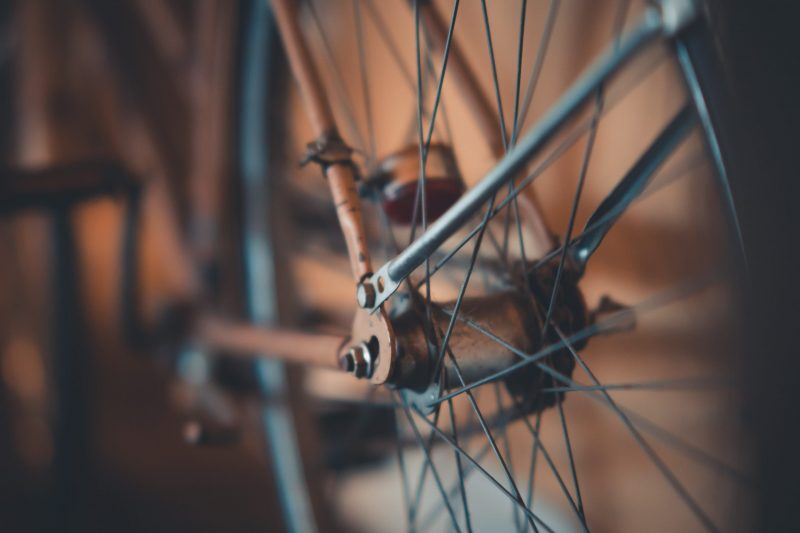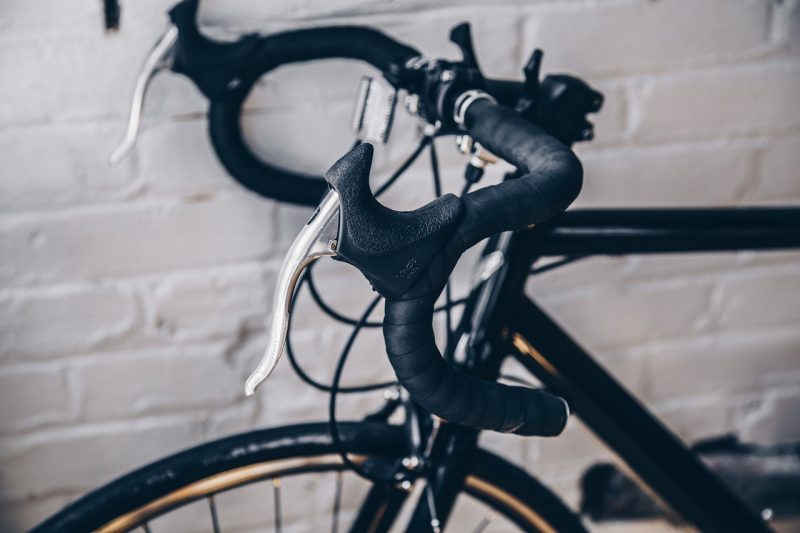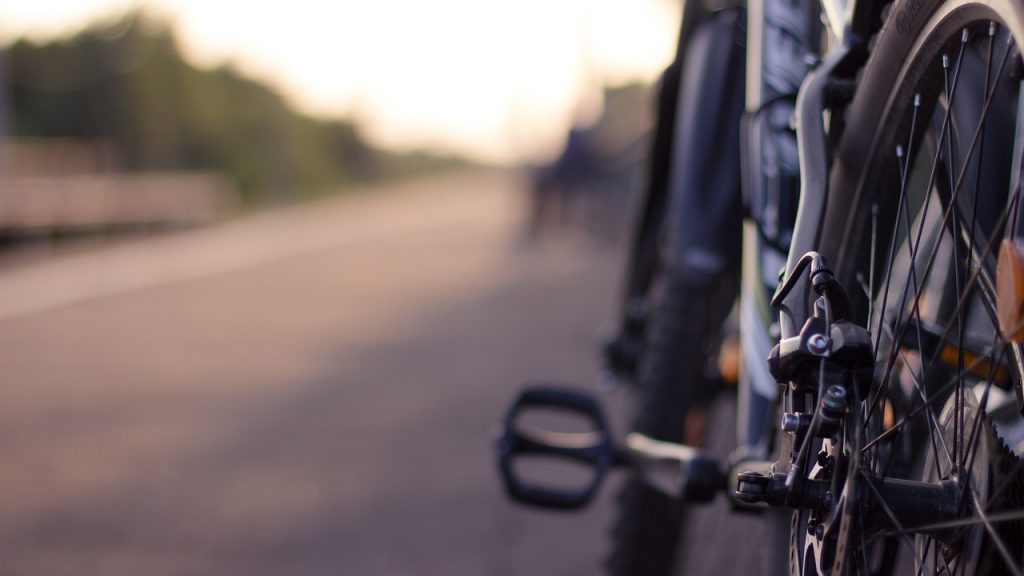It’s that time. One of life’s important milestones has finally arrived. It’s time to purchase your child’s first bike. A classic coming of age moment in the minds of many people is helping a child learn to balance on a bike, guiding them along the way only to eventually let go and allow them to ride independently, watching their pride and sense of accomplishment grow. However, there are a myriad of decisions that need to be made when deciding upon which bike to purchase. One of the most important decisions is regarding bike brake types with the decision to be made between coaster brakes and hand brakes. This article will compare coaster brakes vs hand brakes, exploring the benefits and limitations of each.
As you begin to assess bike brake types, it is important to understand the difference in functionality. Coaster brakes are what people typically associate with brakes on childhood bicycles and are mandated for the manufacture of many types of brakes. They allow braking by rotating the feet backwards, causing the bike to come to a relatively quick stop. Meanwhile, hand brakes are often more frequently associated with larger bicycles and utilize levers on the handles for braking. Let’s take a look at the benefits and limitations of each specific type.
Benefits of Coaster Brakes
- Relatively easy to learn to use at any skill level which can enhance confidence for young children
- Coaster brakes have fewer parts which can mean a more attractive aesthetic (no cables) as well as a less intimidating look for a new rider
- Work better in wet weather due to their location in the rear wheel hub.
- Cheaper to manufacture which means a bike with coaster brakes is likely to be cheaper than a similar bike with hand brakes

Limitations of Coaster Brakes
- Cannot be serviced as repair is more expensive than replacement, which means once they are bad, the entire wheel must be replaced
- They add significant weight to the bike, which can make riding it more difficult for younger children
- While coaster brakes are a bit more intuitive, they also require more foresight into stopping, such as lining up feet into a position to create an ideal amount of leverage
- These brakes have no modulation which means that riders will often skid when quickly applying the brake
- The fact that coaster brakes prevent backpedaling may make the process of learning to ride a bike more frustrating for some children as backpedaling is a common reflex when learning to ride
Benefits of Hand Brakes
- Hand brakes allow for backpedaling, a typical reflex for children first learning to ride a bike
- They allow for more control over the braking process, meaning they can be more effective on hills and uneven terrain
- The ability to backpedal means it is relatively easy for children to move the pedals into launching position, which can help them become more confident in getting moving on their own
- Riders will ultimately encounter hand brakes as they grow older as these are used with larger bikes; thus, there are some benefits to learn to utilize them early
- Can be repaired, which can save money over time

Limitations of Hand Brakes
- While coaster brakes can cause skidding, hand brakes can cause children to flip over the front handlebars if applied too quickly
- Children may not have the dexterity or finger strength necessary to effectively use them
- Wet weather can significantly hinder the performance of hand brakes due to their reliance of friction
- While hand brakes can save on maintenance cost (because they can be repaired), there will likely be a greater expense up front
- While both types of brakes have a learning curve, hand brakes can seem less intuitive for some children
Ultimately, the comparison of coaster brakes vs hand brakes illustrates that both have some core advantages and disadvantages. Thus, when reviewing bike brake types, selecting the operative one for your child requires a bit of consideration. Coaster brakes may be better for a child that is developing crucial coordination skills or has smaller hands and may be unable to utilize hand brakes. They may also benefit children who are a bit frightened or hesitant to try to ride a bike. Meanwhile, hand brakes are ideal for children with better coordination skills or for families that want their children to more quickly join them in more strenuous activities such as mountain biking. Bike brake types represent one of the critical yet often underrated decisions of selecting that first bike. Understanding the pros and cons is critical for being able to make the right choice for your child, enabling them to learn to enjoy the freedom and independence that comes with learning to ride a bike.
Contents of Coaster Brakes vs Hand Brakes On Kids Bike
